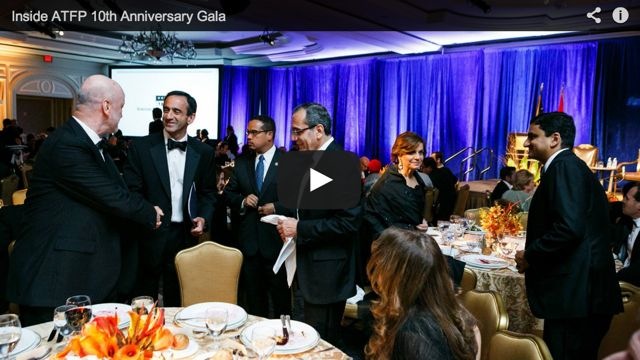-The international effort to achieve a two-state solution to the Israeli–Palestinian conflict has come to a dead end, at least for the present.
- Things can—and might well—get worse unless the United States and other outside actors couple a realistic view of the present with a serious effort to push for a more promising future.
- The first step in a new diplomatic approach must be to establish a cease-fire that builds on the common interest of both Israel and Hamas to avoid fighting in the short term.
- A new cease-fire should be clear and perhaps even written; mediators (whether Arab or European) must be willing to make an agreement more attractive to both sides to sustain (Hamas can be enticed by some opening of the border with Egypt; Israel will demand serious efforts against the supply of arms to Hamas).
- The second step must be an armistice that would offer each side what they crave for the present—Israel would get quiet and a limit on arms to Hamas; Palestinians would get open borders, a freeze on settlements, and an opportunity to rebuild their shattered institutions. Such an armistice must go beyond a one-year cease-fire to become something sustainable for at least five to ten years.
- Finally, the calm provided by the armistice must be used to rebuild Palestinian institutions and force Palestinians and Israelis to confront rather than avoid the choices before them.
To download the full report please click below:
| Attachment | Size |
|---|---|
| palestine_israel_planB.pdf | 216.6 KB |
Carnegie Endowment for International Peace - February 16, 2009 - Back to Resources Page
Did we miss something?
Click here to suggest a state building resource to be added to our fast-growing archive!
















